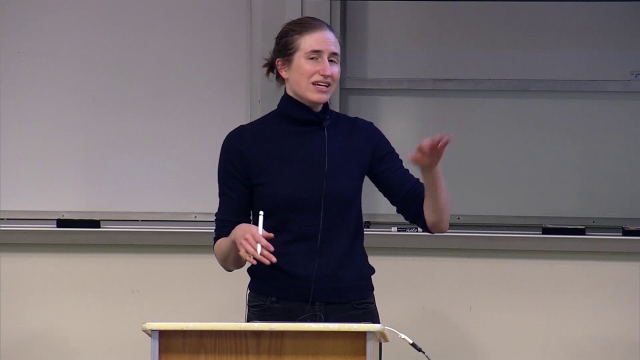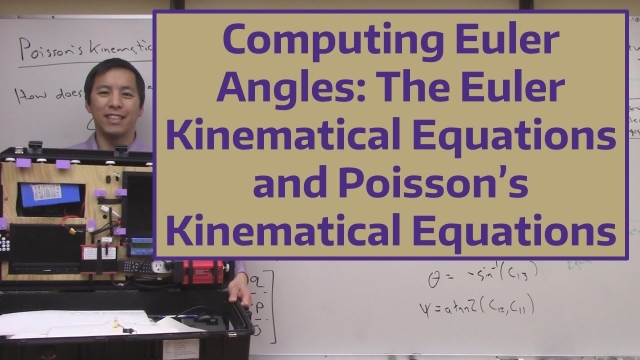
Stanford CS234: Reinforcement Learning | Winter 2019 | Lecture 2 - Given a M...
Professor Emma Brunskill
Assistant Professor, Computer Science
Stanford AI for Human Impact Lab
Stanford Artificial Intelligence Lab
Statistical Machine Learning Group
Euler Angles and the Euler Rotation Sequence
In this video we discuss how Euler angles are used to define the relative orientation of one coordinate frame to another.
See MoreRL Course by David Silver - Lecture 6: Value Function Approximation
A deep dive into incremental methods and batch methods of value function approximation.
See MoreFIR Filter Design and Software Implementation
FIR (Finite Impulse Response) filter theory, design, and software implementation. Real-time software implementation on a custom STM32-based PCB. Overview of digital filtering, use-cases...
See MoreData-Driven Control: Balancing Transformation
In this lecture, we derive the balancing coordinate transformation that makes the controllability and observability Gramians equal and diagonal. This is the critical step in balanced model...
See MoreDynamic Mode Decomposition (Examples)
In this video, we continue to explore the dynamic mode decomposition (DMD). In particular, we look at recent methodological extensions and application areas in fluid dynamics, disease...
See MoreSVD: Eigenfaces 2 [Matlab]
This video describes how the singular value decomposition (SVD) can be used to efficiently represent human faces, in the so-called "eigenfaces" (Matlab code, part 2).
See MoreMATLAB Sensor Array Analyzer App
The Sensor Array Analyzer app enables you to construct and analyze common sensor array configurations. These configurations range from 1-D to 3-D arrays of antennas, sonar transducers, and...
See MoreThe Navigation Equations: Computing Position North, East, and Down
In this video we show how to compute the inertial velocity of a rigid body in the vehicle-carried North, East, Down (NED) frame. This is achieved by rotating the velocity expressed in the...
See MoreStanford CS234: Reinforcement Learning | Winter 2019 | Lecture 12 - Fast Rei...
Professor Emma Brunskill
Assistant Professor, Computer Science
Stanford AI for Human Impact Lab
Stanford Artificial Intelligence Lab
Statistical Machine Learning Group
Design of Embedded Robust Control Systems Using MATLAB®/Simulink®
Robust control theory allows for changes in a system whilst maintaining stability and performance. Applications of this technique are very important for dependable embedded systems, making...
See MoreNASA's General Mission Analysis Tool (GMAT)
NASA's GMAT is the worlds only enterprise, multi-mission, open source software system for space mission design, optimization, and navigation. The system supports missions in flight regimes...
See MoreData-Driven Control: Eigensystem Realization Algorithm Procedure
In this lecture, we describe the eigensystem realization algorithm (ERA) in detail, including step-by-step algorithmic instructions.
See MoreInner Products in Hilbert Space
This video will show how the inner product of functions in Hilbert space is related to the standard inner product of vectors of data.
See MoreSVD: Optimal Truncation [Matlab]
This video describes how to optimally truncate the singular value decomposition (SVD) for noisy data (Matlab code).
See MoreManipulating Aerodynamic Coefficients
In this video we discuss some potential problems you may encounter when attempting to perform operations with dimensionless aerodynamic coefficients such as CL and CD.
See MoreStanford CS234: Reinforcement Learning | Winter 2019 | Lecture 15 - Batch Re...
Professor Emma Brunskill
Assistant Professor, Computer Science
Stanford AI for Human Impact Lab
Stanford Artificial Intelligence Lab
Statistical Machine Learning Group
Teaching resources for a reinforcement learning course
Teaching resources by Dimitri P. Bertsekas for reinforcement learning courses. The website has links for freely available textbooks (for instructional purposes), videolectures, and course...
See MoreAn efficient orientation filter for inertial and inertial/magnetic sensor ar...
This report presents a novel orientation filter applicable to IMUs consisting of tri-axis gyroscopes and accelerometers, and MARG sensor arrays that also include tri-axis magnetometers. The...
See MoreData-Driven Control: Balanced Models with ERA
In this lecture, we connect the eigensystem realization algorithm (ERA) to balanced proper orthogonal decomposition (BPOD). In particular, if enough data is collected, then ERA produces...
See MoreData-Driven Control: The Goal of Balanced Model Reduction
In this lecture, we discuss the overarching goal of balanced model reduction: Identifying key states that are most jointly controllable and observable, to capture the most input—output...
See MoreSingular Value Decomposition (SVD): Matrix Approximation
This video describes how the singular value decomposition (SVD) can be used for matrix approximation.
See MoreLinear Regression 1 [Matlab]
This video describes how the singular value decomposition (SVD) can be used for linear regression in Matlab (part 1).
See MoreStanford CS234: Reinforcement Learning | Winter 2019 | Lecture 9 - Policy Gr...
Professor Emma Brunskill
Assistant Professor, Computer Science
Stanford AI for Human Impact Lab
Stanford Artificial Intelligence Lab
Statistical Machine Learning Group
See MoreComputing Euler Angles: The Euler Kinematical Equations and Poisson’s Kinema...
In this video we discuss how the time rate of change of the Euler angles are related to the angular velocity vector of the vehicle. This allows us to design an algorithm to consume...
See More
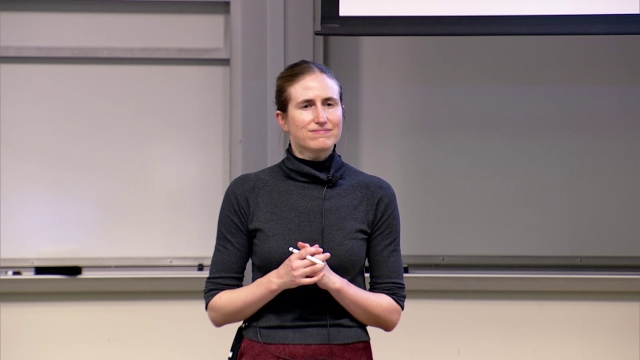
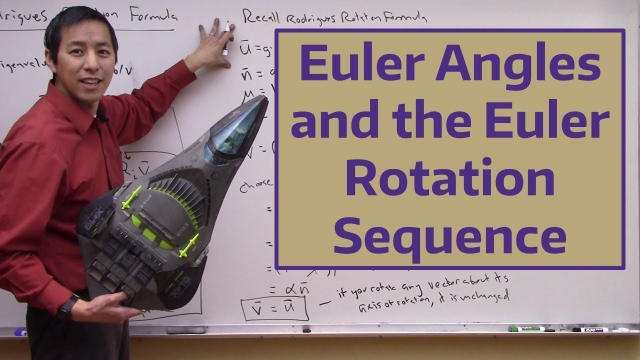
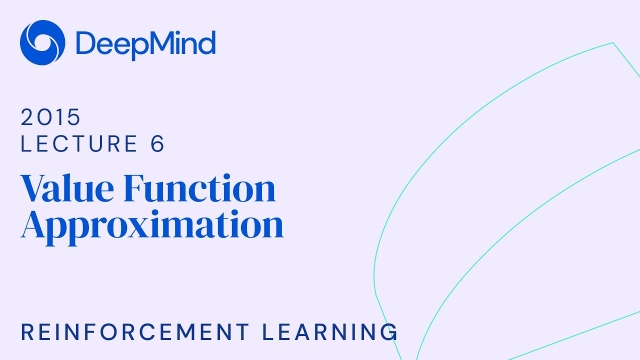
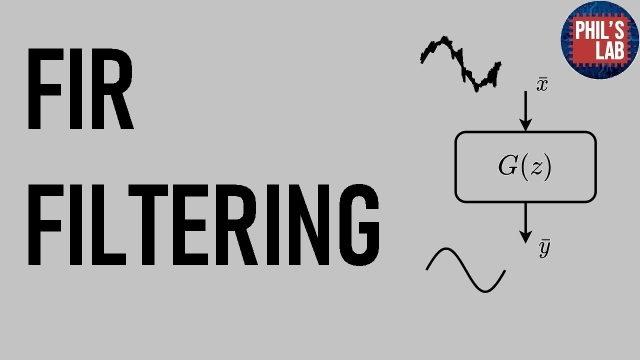
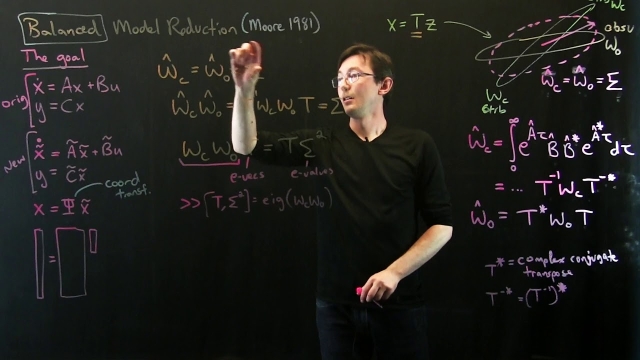
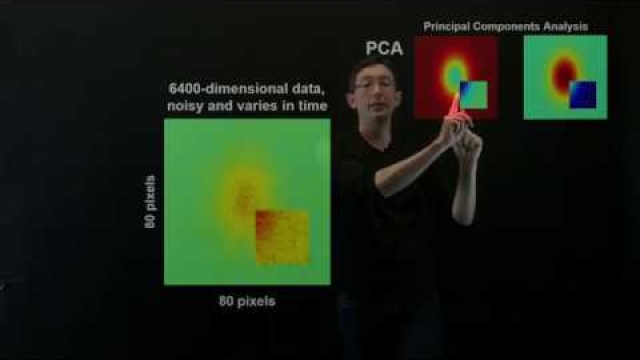
![SVD: Eigenfaces 2 [Matlab]](/sites/default/files/styles/search_resulkts/public/2020-12/maxresdefault_414.jpg?itok=L4yTxfyV)
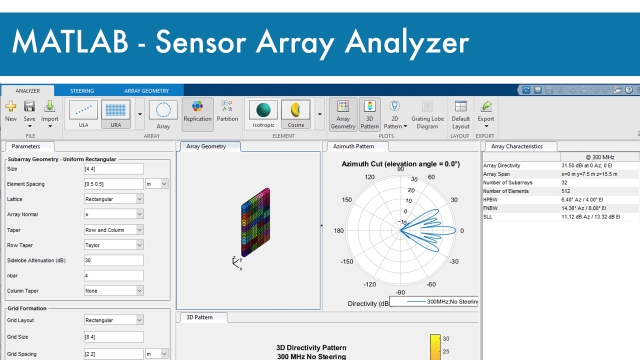
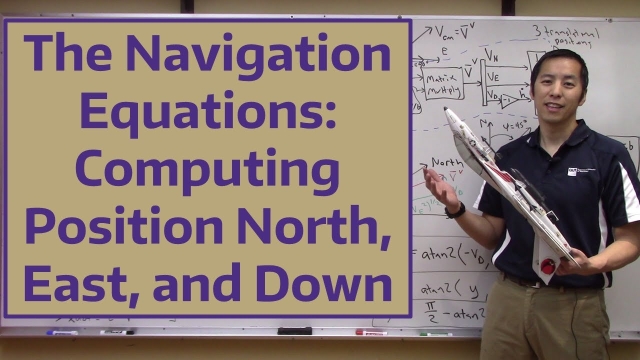
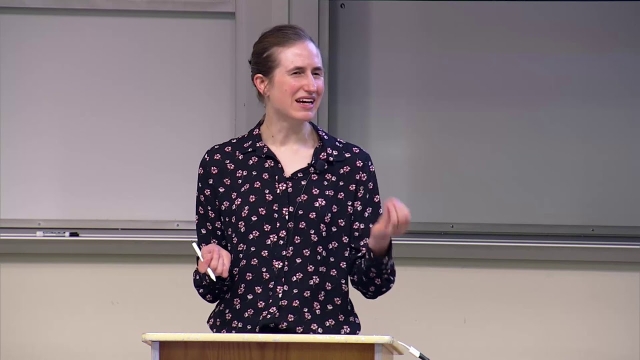
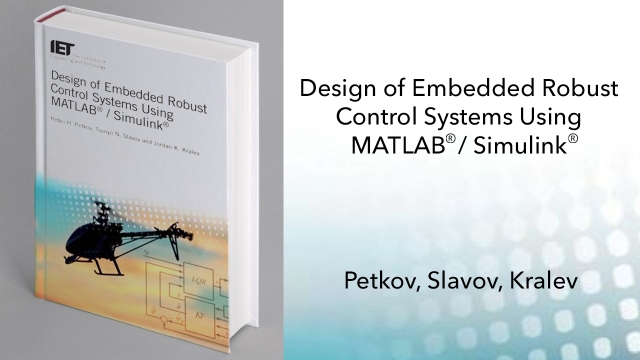
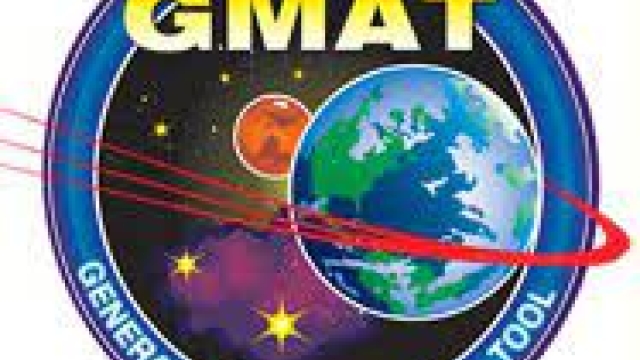
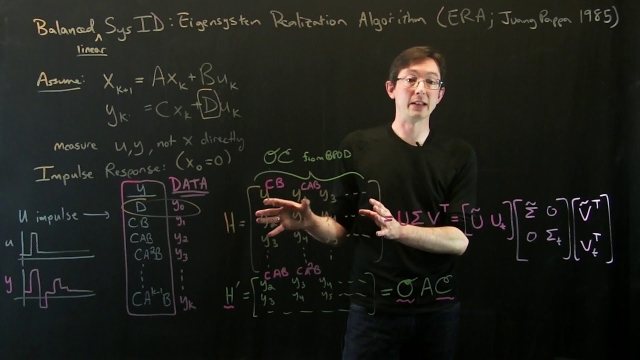
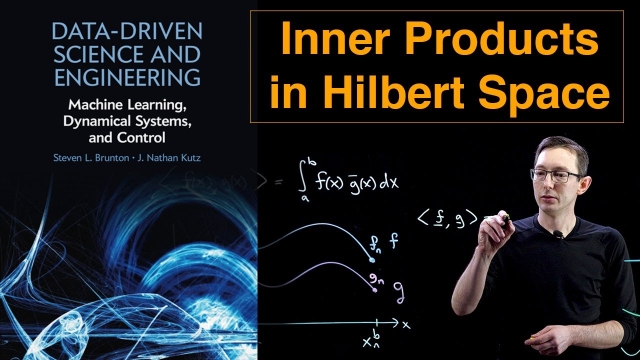
![SVD: Optimal Truncation [Matlab]](/sites/default/files/styles/search_resulkts/public/2020-12/maxresdefault_423.jpg?itok=Op0DbiId)
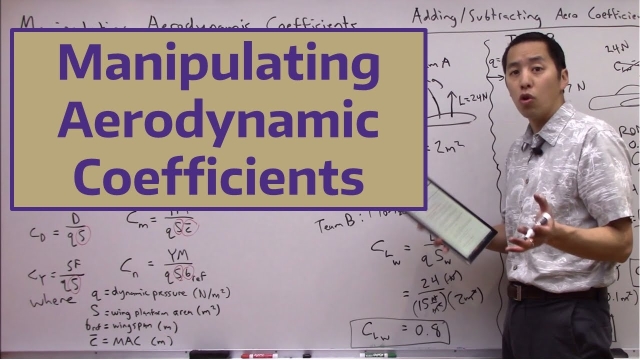
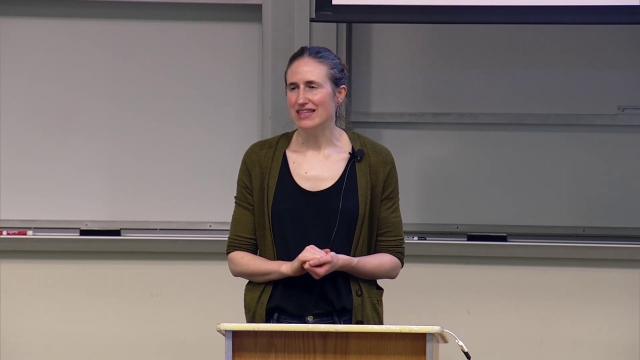

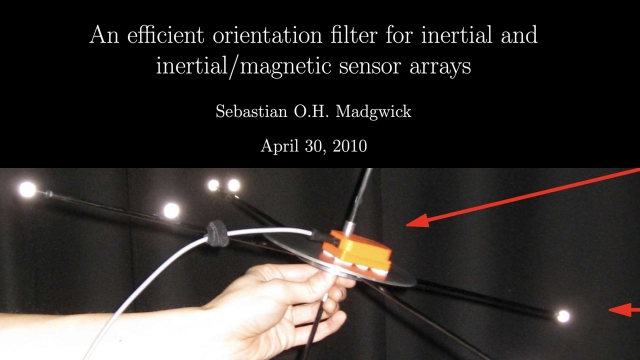
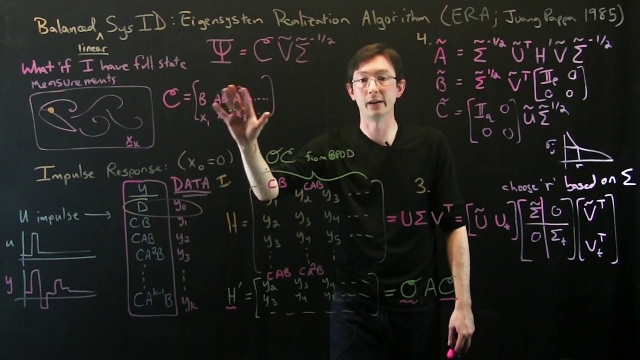
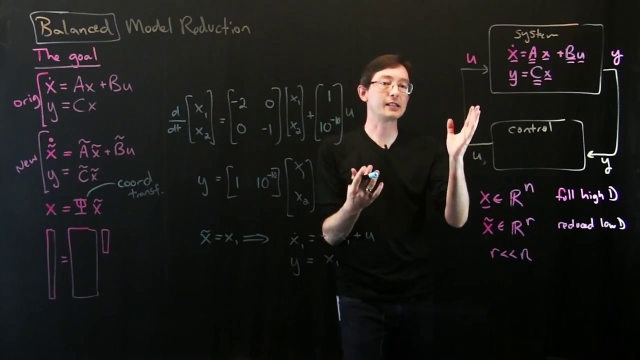
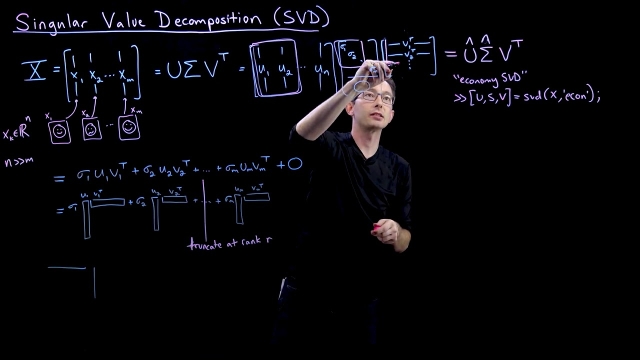
![Linear Regression 1 [Matlab] Linear Regression 1 [Matlab]](/sites/default/files/styles/search_resulkts/public/2020-12/maxresdefault_435.jpg?itok=Y9orS3KL)
